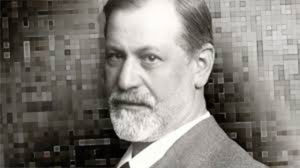Manger pour vivre ou vivre pour manger
Résumé
L’auteur réexamine le concept d’étayage chez Freud comme point de départ de la relation du psychisme au corporel en relation avec l’objet.
L’érotisation bien tempérée permet la mise en place d’une structure contenante qui assure le développement des représentations et l’élaboration des affects.
Les défauts d’étayage sont envisagés dans leur dimension traumatique et dans la clinique psychosomatique.
La cure est décrite comme une reprise du processus de liaison somato-psychique.
Samenvatting
De auteur onderzoekt opnieuw het concept van ‘onderstutting’ bij Freud (Anlehnung) in zijn betekenis van oorsprong van de relatie van de psyché tot het lichaam gebaseerd op de objectrelatie.
De beheerste erotisering van die relatie maakt het oprichten mogelijk van een omhullende structuur die de ontwikkeling van voorstellingen en het verwerken van affecten kan garanderen.
De tekorten in deze ‘onderstutting’ worden beschouwd vanuit hun traumatische dimensie en tevens het belang ervan voor de psychosomatische kliniek.
De kuur wordt beschreven als een hervatten van dit verbindingsproces tussen lichaam en geest.
Summary
The author re-examines Freud’s concept of anaclisis as the starting point of the relationship of the psyche to the body in relation to the object.
Well-tempered eroticising allows a containing structure to be put in place that assures the development of representations and the elaboration of affects.
Failures in anaclisis are envisaged in their traumatic dimension and in clinical psychosomatic work.
Analytic work is described as a resumption of the process of somato-psychic connecting.





